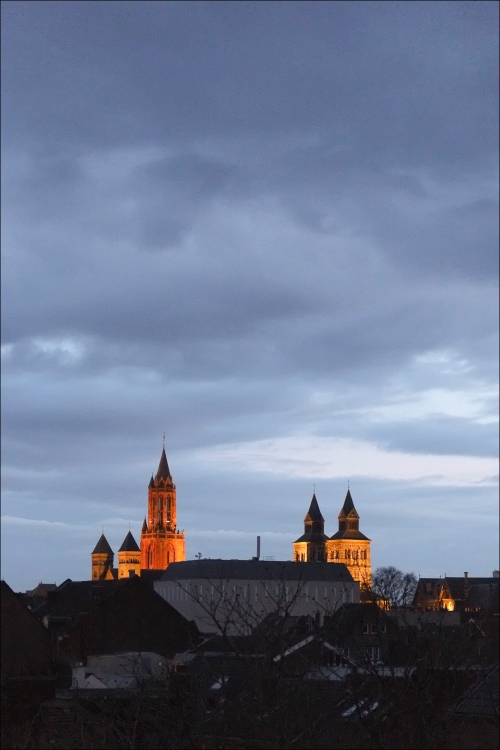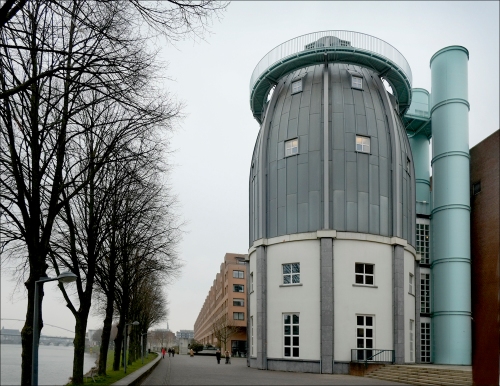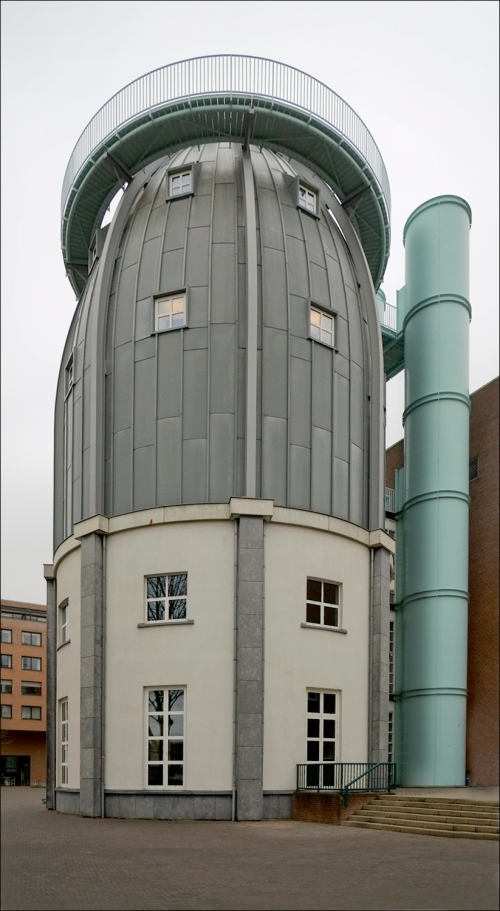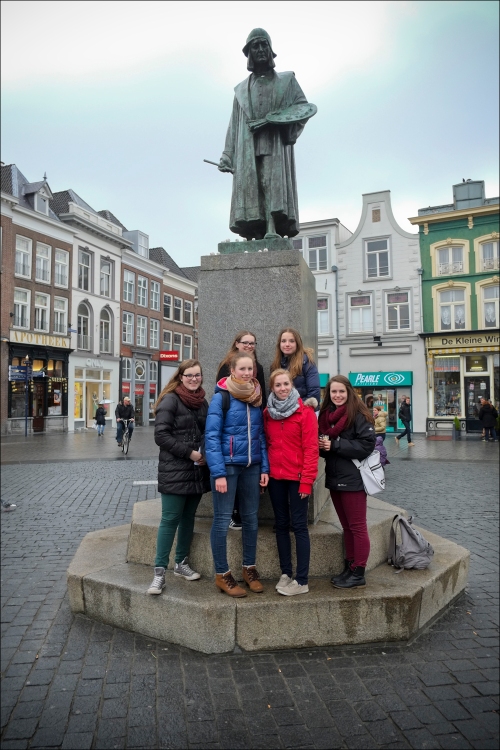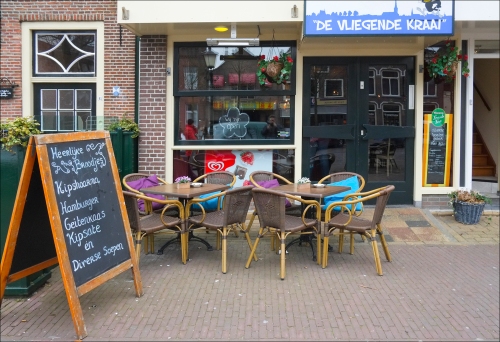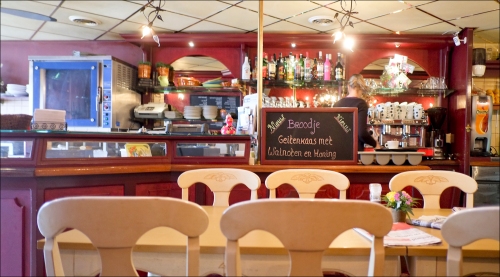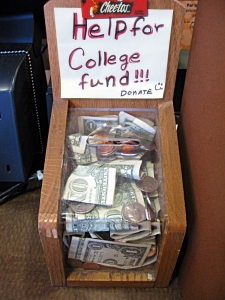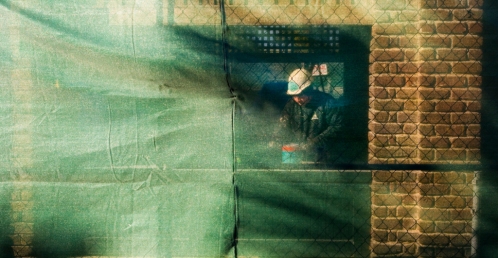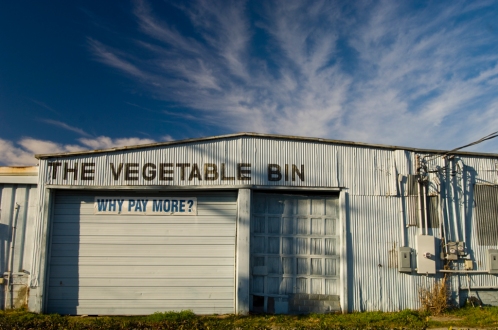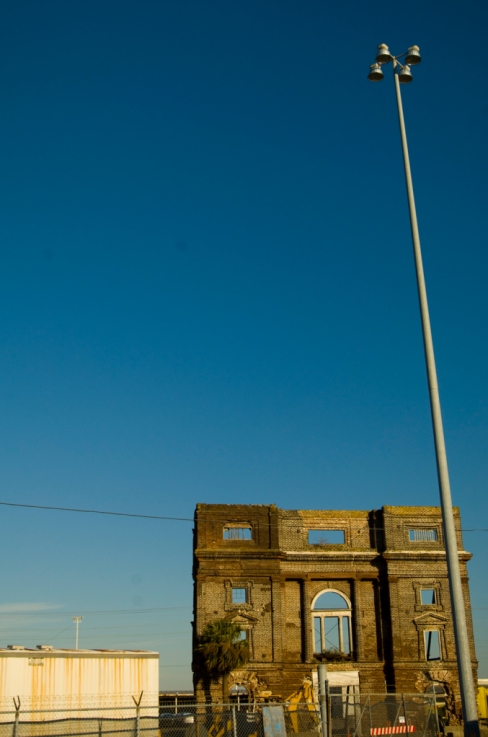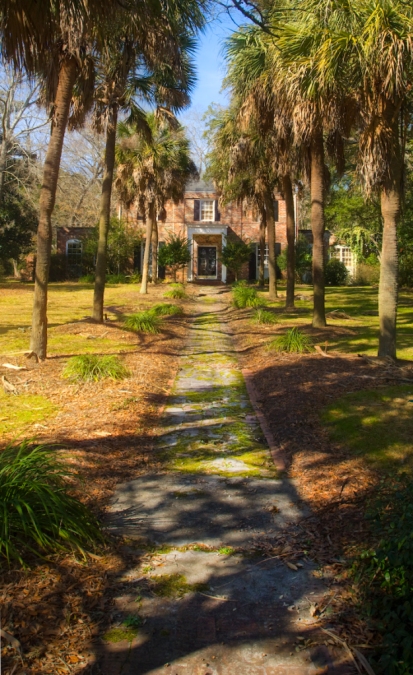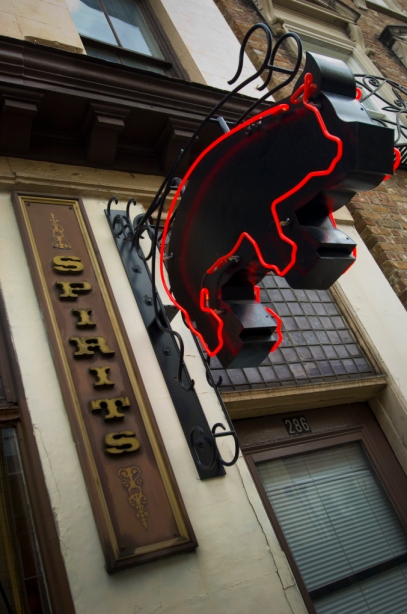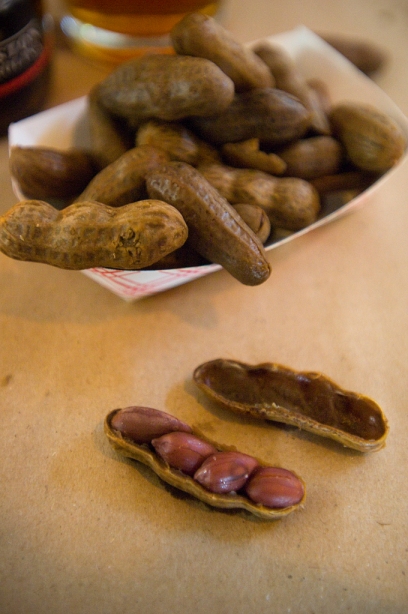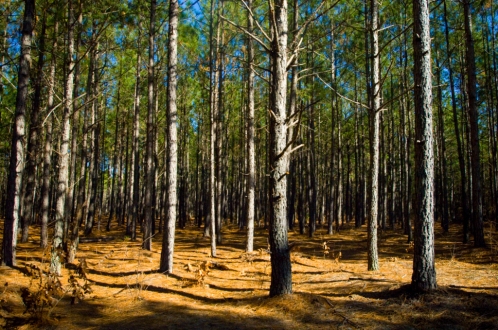Berlin – Great, In Spite of Itself
I don’t know how many of you remember Ian Shoales. He would do commentary and social observations in the 80’s and was my favorite segment on NPR’s All Things Considered. In one show he talked about the real intent and purpose of McDonalds. He suggested that their success and proliferation throughout America, and ultimately the world, is really about sameness and predictability. By offering the exact same Big Mac with Cheese in Columbus, Ohio as in Seattle, Washington you relieve the consumer/traveler of the anxiety of making a bad choice and you fill them with warmth and comfort. It doesn’t matter that it’s not the best burger, the important thing is the sameness. You combine this with, at least in the 80’s, the virtually identical pimple faced and polite teenager at the drive-thru window and all your fears and reservations are dispelled.
Now fast forward to 2018 and the Global Village. We find that every major city we visit is striving for exactly the same thing. Wendi and I walked down the Kurfürstendamm in Berlin 26 years ago and stopped in beer halls, ate bratwurst and schnitzel while listening to Oom-pah bands blasting out German tunes to the delight of everyone. Now after spending three very hot days here we find it is more international then national. We went in search of the aforementioned schnitzel, bratwurst and beer halls but were confronted with pizza, pasta, falafel, curry, tacos and HipHop, anything that makes the visitor feel more at home and less here. With the exception of street signs almost everything German has been pushed aside and replaced with samples of cuisine and culture from other places. Even the new architecture would be at home in any major city in the world as more traditional buildings peek through the giant skyscrapers. 

Who know? Perhaps I’ve got it all wrong and that for decades Germans have been saying, “Hey, I gotta get me some of that fast food.”
Art’s The Thing
Man doesn’t live by sausage and beer alone. Does he? Anyway, art is really the thing that rings our bell and the art here is great, especially the German art.
We managed to make our way to four museums that were all terrific.
CO/Berlin
 First up was the CO/Berlin, a contemporary photo museum that is showing an amazingly curated show of Polaroid images , most by the great German film director Wim Wender. He took the photos while traveling during the 70s and uses them to help illustrate the social significance this technology has had and how digital imagery is a direct offshoot of it. The Grandfather of the Selfie.
First up was the CO/Berlin, a contemporary photo museum that is showing an amazingly curated show of Polaroid images , most by the great German film director Wim Wender. He took the photos while traveling during the 70s and uses them to help illustrate the social significance this technology has had and how digital imagery is a direct offshoot of it. The Grandfather of the Selfie.
The Camera
Edwin Land attended Harvard University but did not finish his studies or receive a degree. His wife told his biographer that she would prod him for answers to homework problems, write up the work and turn it in so that he could receive credit for the course.
At work he would conceive of an idea, experiment and brainstorm, taking no breaks, until it was solved. Food was brought to him and he had to be reminded to eat. He was rumored to have worn the same clothes for eighteen consecutive days while working on a diffcult problem. As the company grew, Land had teams of assistants working in shifts at his side. As one group grew tired, the next was brought in to continue.
 Polaroid originally manufactured sixty units of the First Land Camera. Fifty-seven went on sale at the Jordan Marsh department store in Boston for the 1948 Christmas holiday. Polaroid marketers imagined they would have time enough to manufacture a second run before the first batch ran out but all fifty-seven cameras were sold on the very first day.
Polaroid originally manufactured sixty units of the First Land Camera. Fifty-seven went on sale at the Jordan Marsh department store in Boston for the 1948 Christmas holiday. Polaroid marketers imagined they would have time enough to manufacture a second run before the first batch ran out but all fifty-seven cameras were sold on the very first day.
I was lucky enough to hear Edwin Land speak during an Icons of Photography series at MIT in Cambridge in the early 70s and he was quick to point out that he thought the initial attraction of the instant camera was so people could make “personal” pictures at home without having to take the film to a lab for development and “scrutiny”.
The Alte Nationalgalerie
Next up was the Alte Nationalgalerie, situated on Museum Island, a UNESCO-designated World Heritage site. This national gallery has an amazing permanent collection that includes a few of all the greats.
Wanderlust
The current exhibition, “Wanderlust”, follows art from 1800 through the early 1900s which illustrated Europeans new found love of the self-determined journey on foot that came to represent a new, intensified encounter with nature in particular and life in general. These wanderings represented a significant development of world knowledge for artists and writers who were trekking through the Alps and all over France, Germany, Norway, Great Britain, Denmark and Russia. Every painting in the show depicts a wanderer in the wilderness.
Loving to travel like we do, this show had a particular connection for us.
This famous painting “Wanderer above the Sea of Fog” by Caspar David Friedrich was the center piece and inspiration for the show. It has come to represent a metaphor for life, as we stand and look out across the great unknown.
At a time when women were all trussed up, this was considered one of the first Feminist paintings, showing a woman wandering alone and dressed for freedom of motion.
Gassies was inspired to paint this during his travels through England and Scotland. In this large painting he accentuates the winds ferocity with clearly visible brush strokes.
Nolde paints a solitary traveler on a path that leads to an unclear destination, suggesting hardship and danger, somewhat popular themes during the Romantic period.
Most of the paintings in the show were on loan from other museums so most photography was verboten, but I did want to show a few pictures from the permanent collection that I thought were fun.
There was no nameplate on this so I have no idea who painted it. I can only hope that the model didn’t have to sit too long and got the sausages in the end.
Any of us who have spent time with children can relate to this.
Before there was Disney there was Victor Müller.
I’m thinking that Arnold Bocklin worried a bit about the passage of time.
I love the Dutch. Leave to them to take what we think of as a solo pursuit, the women alone at her spinning wheel, and putting the whole village to work, even the kids.
For our dear friend Sabine.
The Neues Museum
Right next door was the Neues Museum. We’re here for the “Margiana. A Bronze Age Kingdom in Turkmenistan” show and their collection of Egyptian artifacts.
I’m going to forego the broken pottery and jump right to the show stopper, the mysterious “Berlin Golden Hat”. This is the only fully preserved specimen of the four known conical Golden Hats from the late European Bronze Age, 1,000 to 800 BC. It is generally assumed that the hats were worn by priests of the Sun Cult that appears to have been widespread in Central Europe at the time. A detailed study of the Berlin example showed that the symbols represent a lunisolar calendar and would have aided the wearer/priest in predicting the dates and periods of both lunar and solar events.
The Museum für Fotografie
We finished our quick visit with an afternoon at the Museum für Fotografie. This museum is a joint collaboration between the Kunstbibliothek and the Helmut Newton Foundation and exhibits a huge array of contemporary photography that challenges our notions about what constitutes fine art photography and fashion photography.
These 9′ Amazon Women greet you in the main foyer. It’s funny to think that in the early 80s Helmut Newton shocked the fashion and photography world when he first exhibited them. Now they seem almost quaint, just good clean naked fun.
In the Aftermath of WWII
There’s no denying that, in regards to the horror of WWII, Berlin was the heart of the beast. Germany has recognized that to be a world leader they would have to expose Nazism for what it was and help educate the world about the events that help create the huge tragedy it represents. All of this is done with the hope that in knowledge is the power to stop this from ever happening again.
The Topography of Terror
The Topography of Terror is a documentation center that is visited by 1.5 million people a year and is one of the most frequently visited places of remembrance in Berlin. This is a fascinating site that gives a step by step historical account of exactly how the Nazi party came to seize power and convince an entire population to believe their lies and propaganda.
Let’s not forget the Commies
The 17 June Memorial
This huge mural was created by the artist Wolfgang Rüppel and commemorates a worker upraising on June, 17, 1953. It’s original working title was, “The importance of peace for the cultural development of humanity and the necessity of struggle to achieve this goal.” Leave it to the Commies to overcomplicate things.
The Holocaust Memorial
The Memorial to the Murdered Jews of Europe, or Holocaust Memorial, is a memorial to all the Jewish victims of WWII. It was designed by architect Peter Eisenman and engineer Buro Happold. According to Eisenman’s project text, the stones are meant to produce an uneasy, confusing atmosphere, and the whole sculpture aims to represent a supposedly ordered system that has lost touch with human reason. Many visitors and Berliners have also interpreted the contrast between the grey flat stones and the blue sky as a recognition of the “dismal times” of the Holocaust. Needless to say there has been much controversy surrounding the site since it was first constructed in 2003. Regardless, over 1,000 people visit each day and it is truly sobering.
On A Cheerier Note
 We did manage to find schnitzel at the Duke restaurant in the Ellington Hotel. The food, beer and service were all great.
We did manage to find schnitzel at the Duke restaurant in the Ellington Hotel. The food, beer and service were all great.
So what was I on about?




















































































































































